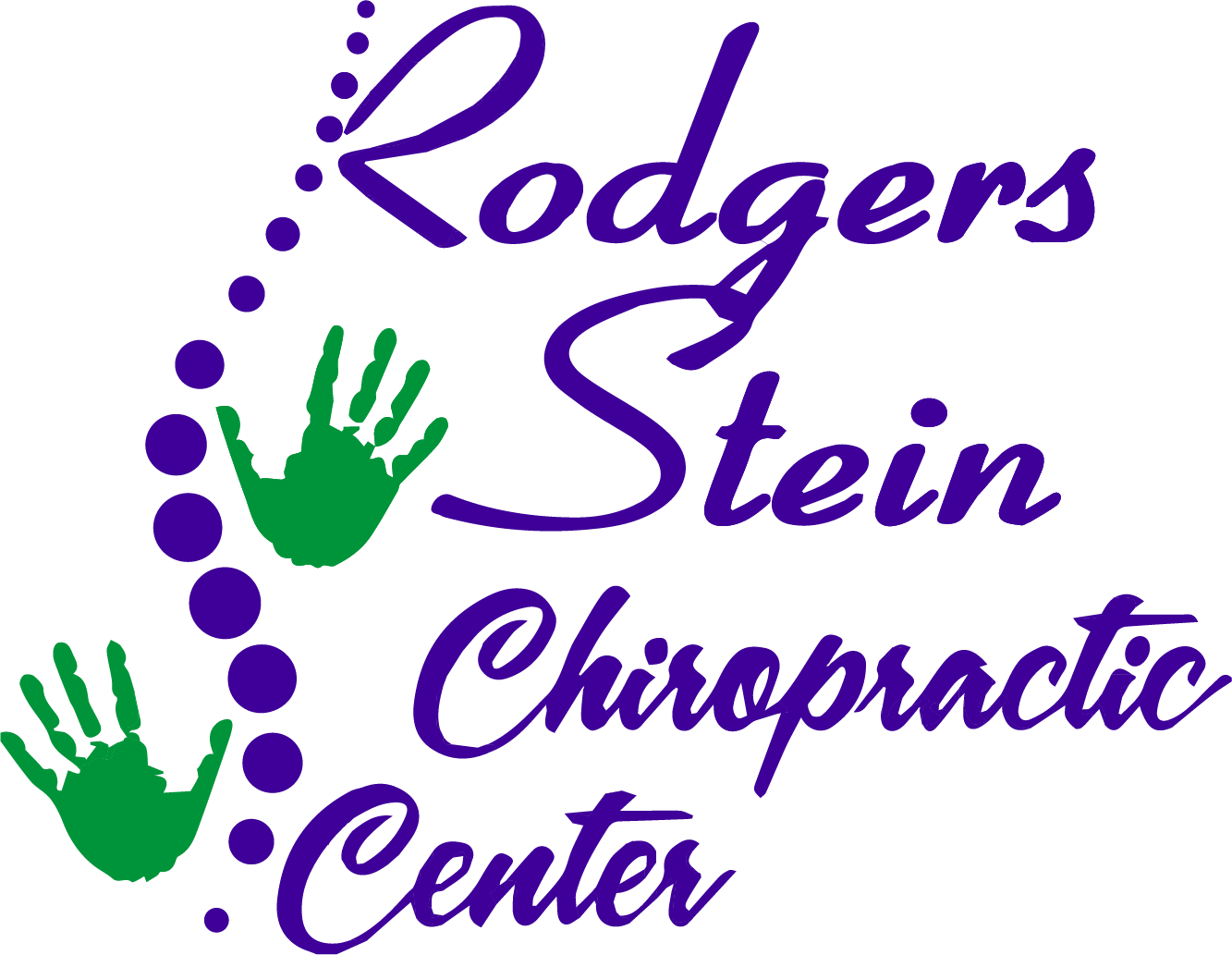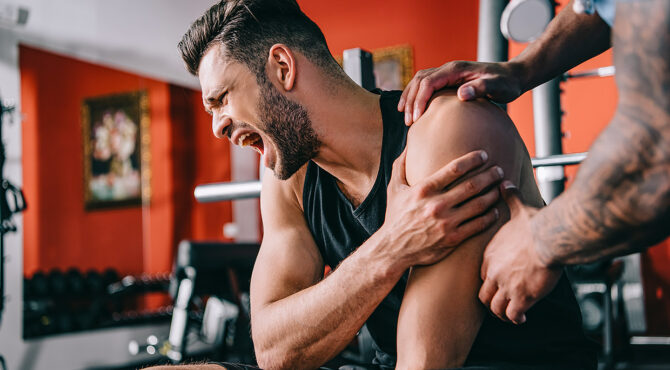You might underestimate the importance of flexibility in your overall fitness routine, but it plays an essential role in preventing injuries and enhancing performance. By integrating effective techniques like static and dynamic stretching, along with yoga, you can considerably improve your range of motion. Each method offers unique benefits, and understanding how to incorporate them into your regimen can make all the difference. So, what are the specific techniques that will work best for you? Let's explore the key approaches that can elevate your flexibility journey.
Understanding Flexibility
Flexibility is more than just being able to touch your toes; it's an essential component of overall physical health and fitness. When you think about flexibility, you might picture a gymnast or a dancer, but it's something everyone can benefit from, regardless of your activity level.
Understanding flexibility goes beyond mere stretching; it involves the range of motion in your joints and the ability of your muscles to elongate.
You mightn't realize it, but flexibility plays a vital role in your daily activities. Whether you're reaching for something on a high shelf or bending down to tie your shoes, having good flexibility makes these tasks easier and helps prevent injuries.
You'll find that a flexible body supports better posture, allows for efficient movement, and enhances athletic performance.
To grasp flexibility better, think of it as the body's ability to adapt and move fluidly. Muscles can contract and elongate, while tendons and ligaments provide stability to the joints. It's not just about how far you can stretch; it's about maintaining a balance in muscle length and strength.
Incorporating flexibility training into your routine doesn't require hours of time. Simple stretches and mobility exercises can greatly improve your flexibility.
As you become more aware of your body's needs, you'll notice how an increase in flexibility can enhance your overall quality of life, making daily movements easier and more enjoyable.
Importance of Flexibility
The importance of flexibility can't be overstated, as it directly impacts your overall physical health and performance. Being flexible allows your muscles and joints to move through their full range of motion, which is vital for daily activities and exercise routines. When you incorporate flexibility into your fitness regimen, you greatly reduce the risk of injuries. Tight muscles can lead to strains, sprains, and other injuries that could sideline you for weeks.
Additionally, improving your flexibility enhances your athletic performance. Whether you're running, swimming, or lifting weights, greater flexibility can help you achieve better form and efficiency. It enables you to execute movements with precision, which can lead to increased strength and power output.
Furthermore, flexibility contributes to better posture, which is essential for avoiding chronic pain and discomfort. Mental well-being is another aspect of flexibility that you shouldn't overlook. Engaging in flexibility exercises often promotes relaxation and stress relief. It can serve as a form of mindfulness, allowing you to connect with your body and breathe deeply. This connection not only improves your physical state but can also enhance your overall mood.
Incorporating flexibility training into your routine isn't just about performing better in sports; it's about maintaining a healthy lifestyle. By prioritizing flexibility, you'll improve your mobility, enhance your physical performance, and boost your overall well-being.
Static Stretching Techniques
Static stretching is a powerful tool for enhancing your flexibility and improving muscle recovery. This technique involves holding a stretch for a period of time, allowing your muscles to elongate and relax.
It's best to perform static stretches after your workouts or during your cool-down routine, as this helps to prevent injury and aids in muscle repair. Here are some effective static stretching techniques you can incorporate into your routine:
- Hamstring Stretch: Sit on the floor with one leg extended and the other bent. Reach for your toes on the extended leg and hold for 15-30 seconds. Switch legs and repeat.
- Quadriceps Stretch: Stand tall and grab your ankle, pulling your heel toward your glutes. Keep your knees together and hold for 15-30 seconds. Switch legs and repeat.
- Chest Stretch: Stand with your arms extended out to the sides. Gently pull your arms back to open up your chest. Hold for 15-30 seconds.
- Shoulder Stretch: Bring one arm across your body and use the opposite arm to gently pull it closer. Hold for 15-30 seconds, then switch arms.
Remember to breathe deeply and never force a stretch beyond your comfort level.
Focus on maintaining good form and listen to your body's signals. Incorporating these static stretching techniques into your routine can greatly boost your flexibility and enhance your overall performance.
Dynamic Stretching Methods
Dynamic stretching is a fantastic way to enhance your flexibility while preparing your body for physical activity.
By incorporating specific techniques, you can improve your range of motion and reduce the risk of injury.
Let's explore the benefits and effective methods to get you moving more fluidly.
Benefits of Dynamic Stretching
In the moments before a workout, incorporating dynamic stretching can greatly enhance your performance. Unlike static stretching, dynamic stretches actively engage your muscles and prepare your body for the movements ahead.
Here are some benefits that make dynamic stretching a must in your warm-up routine:
- Increases Blood Flow: It elevates your heart rate and boosts circulation, which delivers oxygen to your muscles more efficiently.
- Improves Range of Motion: Dynamic movements help loosen your joints and increase flexibility, allowing for better mobility during your workout.
- Enhances Muscle Activation: Engaging in dynamic stretches activates the muscles you'll be using, ensuring they're ready to perform at their best.
- Reduces Injury Risk: By preparing your body for vigorous activity, dynamic stretching can lower the chances of strains or sprains.
Incorporating these benefits into your warm-up routine can considerably impact your overall performance.
Techniques for Effective Stretching
When it comes to effective stretching, mastering a few dynamic techniques can greatly enhance your warm-up routine. Dynamic stretching involves moving parts of your body through a full range of motion, preparing your muscles for activity.
Start with leg swings; stand next to a wall for balance and swing one leg forward and back. This helps loosen your hip joints.
Next, incorporate walking lunges into your routine. Step forward into a lunge, ensuring your front knee stays above your ankle, then switch legs. This not only stretches your hip flexors but also engages your glutes and quads.
Don't forget arm circles! Extend your arms out to the sides and make small circles, gradually increasing the size. This warms up your shoulders and upper body effectively.
You can also try high knees. Jog in place, bringing your knees up towards your chest. This increases your heart rate while stretching out your hamstrings and hip flexors.
Finally, add torso twists by standing with your feet shoulder-width apart and rotating your upper body side to side.
These dynamic stretches will leave you feeling more agile and ready to tackle your workout!
Incorporating Yoga Practices
Incorporating yoga practices into your routine can greatly enhance your flexibility.
By focusing on key poses and effective breathing techniques, you'll not only stretch your muscles but also improve your overall well-being.
Let's explore how these elements work together to boost your flexibility.
Key Yoga Poses
Releasing your body's potential for flexibility is achievable through key yoga poses that target various muscle groups. Incorporating these poses into your routine can help increase your range of motion and enhance your overall flexibility.
Here are four essential yoga poses to try:
- Downward-Facing Dog: This pose stretches your shoulders, hamstrings, and calves. It helps elongate your spine and improve circulation.
- Pigeon Pose: A fantastic hip opener, this pose releases tension in the hips and glutes. It's great for anyone who sits for long periods.
- Cobra Pose: This pose stretches your chest and shoulders while strengthening your spine. It counteracts the effects of slouching and promotes better posture.
- Forward Fold: By bending forward at the hips, you stretch your hamstrings and lower back. This pose encourages relaxation while enhancing flexibility in your legs.
Breathing Techniques Benefits
Practicing yoga poses not only enhances flexibility but also offers a perfect opportunity to focus on your breathing techniques. By integrating mindful breathing into your practice, you can greatly improve your overall well-being. Deep, intentional breaths help you connect with your body, grounding you in the present moment and enhancing your awareness of your movements.
When you focus on your breath, you activate your parasympathetic nervous system, which promotes relaxation and reduces stress. This calming effect can make it easier to hold poses longer, allowing for deeper stretches and increased flexibility.
Additionally, controlled breathing helps to oxygenate your muscles, improving their performance and recovery. Incorporating techniques like diaphragmatic breathing or Ujjayi breath can also help you manage discomfort during challenging poses. By regulating your breath, you can maintain a steady rhythm, preventing feelings of overwhelm.
Ultimately, mastering your breath while practicing yoga not only boosts your flexibility but also fosters a sense of mental clarity and emotional balance.
Foam Rolling Benefits
Over time, foam rolling has become a popular method for enhancing flexibility and recovery. This self-myofascial release technique involves using a foam roller to apply pressure to your muscles, helping to break down knots and improve blood flow.
Whether you're an athlete or someone who exercises occasionally, foam rolling can play a significant role in your flexibility journey. Here are some key benefits you can gain from incorporating foam rolling into your routine:
- Increased Blood Flow: Foam rolling stimulates circulation, delivering more oxygen and nutrients to your muscles. This can aid in recovery and enhance performance during your workouts.
- Reduced Muscle Soreness: By breaking down tension and tightness in your muscles, foam rolling can alleviate post-exercise soreness, allowing you to bounce back faster.
- Improved Range of Motion: Regular foam rolling can help lengthen your muscles and increase joint mobility, leading to better overall flexibility.
- Stress Relief: The pressure applied during foam rolling can also help release endorphins, which can boost your mood and reduce stress levels.
Incorporating foam rolling into your routine can be as simple as spending a few minutes after your workout or during your rest days.
Active Stretching Exercises
Active stretching exercises are a dynamic way to enhance your flexibility while engaging your muscles. Unlike passive stretching, where you hold a position, active stretching involves moving your muscles through their range of motion. This method not only improves flexibility but also builds strength and coordination.
To get started, you can try leg swings. Stand next to a wall for support and swing one leg forward and backward. Keep your movements controlled and gradual. Aim for 10-15 swings on each leg. This exercise helps loosen your hip flexors and hamstrings while activating the surrounding muscles.
Another great option is arm circles. Stand with your feet shoulder-width apart and extend your arms out to the sides. Make small circles, gradually increasing their size. Do this for about 30 seconds in one direction, then switch to the opposite direction. This exercise warms up your shoulders and enhances flexibility in your upper body.
You can also incorporate dynamic lunges into your routine. Step forward with one leg and lower your body into a lunge, then return to standing and switch legs. Repeat for 10-12 lunges on each side. This not only stretches your hip flexors but also engages your core and legs.
Remember to maintain proper form throughout each exercise and listen to your body. If you feel any discomfort, adjust your movements accordingly.
Breath Control and Flexibility
Breath control plays an essential role in enhancing your flexibility.
By practicing deep breathing exercises, you can improve your mind-body connection, allowing your muscles to relax and stretch more effectively.
Incorporating these techniques into your routine can lead to greater mobility and overall well-being.
Deep Breathing Exercises
Mastering deep breathing exercises can greatly enhance your flexibility by promoting relaxation and improving breath control.
When you focus on your breath, you calm your mind and body, allowing for deeper stretches and better overall performance in your flexibility routine.
Here are some effective techniques to incorporate into your practice:
- Diaphragmatic Breathing: Lie on your back and place one hand on your chest and the other on your abdomen. Inhale deeply through your nose, feeling your abdomen rise while keeping your chest still. Exhale slowly through your mouth.
- Box Breathing: Inhale for a count of four, hold your breath for four, exhale for four, and hold again for four. This technique enhances control and focus.
- 4-7-8 Breathing: Inhale for four counts, hold for seven, and exhale for eight. This method helps reduce tension and increase oxygen flow.
- Nasal Breathing: Inhale and exhale solely through your nose. This can improve lung capacity and encourage a steady rhythm in your breath.
Mind-Body Connection
The connection between your mind and body plays an essential role in enhancing flexibility through effective breath control. When you focus on your breath, you're not just oxygenating your muscles; you're also creating a mental pathway that helps you relax and release tension. This relaxation is significant for improving your range of motion.
As you practice stretching, try synchronizing your breath with each movement. Inhale deeply before you stretch, and exhale as you deepen into the pose. This rhythm not only calms your mind but also signals your body to let go of any resistance, allowing you to achieve a greater stretch.
Visualization is another powerful tool. Picture your muscles elongating with each breath, and imagine the flexibility you're developing. This mental imagery can enhance your physical practice, making it easier to push your limits.
Lastly, staying present during your stretching routine can prevent distractions. By focusing on your breath and the sensations in your body, you'll cultivate a stronger mind-body connection. This awareness leads to more effective and enjoyable flexibility training, ultimately helping you reach your goals.
Tips for Consistency
Staying consistent with your flexibility routine is essential for making real progress, and it requires a blend of motivation and planning. You need to create a sustainable approach that fits into your lifestyle. Here are some tips to help you stay on track:
1. Set Clear Goals: Define what you want to achieve with your flexibility training. Whether it's touching your toes or performing a split, having specific targets keeps you focused and motivated.
2. Establish a Routine: Integrate your flexibility exercises into your daily schedule. Choose a time that works best for you, whether it's in the morning, during lunch, or before bed.
Consistency thrives on routine, so make it a habit.
3. Mix Things Up: To avoid boredom, incorporate a variety of stretching techniques and activities. Try yoga, Pilates, or dynamic stretches.
Variety keeps your routine fresh and makes it easier to stay engaged.
4. Stay Accountable: Find a buddy or join a class to keep you accountable. Sharing your goals with others not only motivates you but also makes your journey enjoyable.
You're more likely to stick with your routine when you know someone else is in it with you.
Tracking Your Progress
Tracking your progress in flexibility training is vital for understanding how far you've come and where you need to focus your efforts. By keeping a record, you can identify improvements, setbacks, and areas that require additional work. Start by setting clear, measurable goals. For instance, if you aim to touch your toes, note your current reach and regularly update it as you progress.
Consider maintaining a flexibility journal. Each time you practice, jot down your routine, the stretches you performed, and any changes in your flexibility. This not only helps you stay consistent but also allows you to reflect on what works best for you. You can even include photos or videos of your poses to visually track your improvements over time.
Using a mobile app can also simplify the process. Many apps allow you to log your stretches, set reminders, and even track your flexibility goals. They often provide visual cues and tips to enhance your routine, making it easier to stay motivated.
Additionally, regular assessments are essential. Schedule weekly or monthly check-ins to evaluate your flexibility. Measure your range of motion in specific poses and compare it to your initial measurements.
Celebrate small victories, as they can boost your motivation and commitment.
Conclusion
Incorporating these effective techniques into your routine can markedly boost your flexibility. Remember to combine static and dynamic stretching, engage in yoga, and practice breath control for the best results. Stay consistent, track your progress, and celebrate your achievements along the way. With dedication and patience, you'll notice improvements in your overall physical health and performance. So, get started today and enjoy the journey toward greater flexibility!



